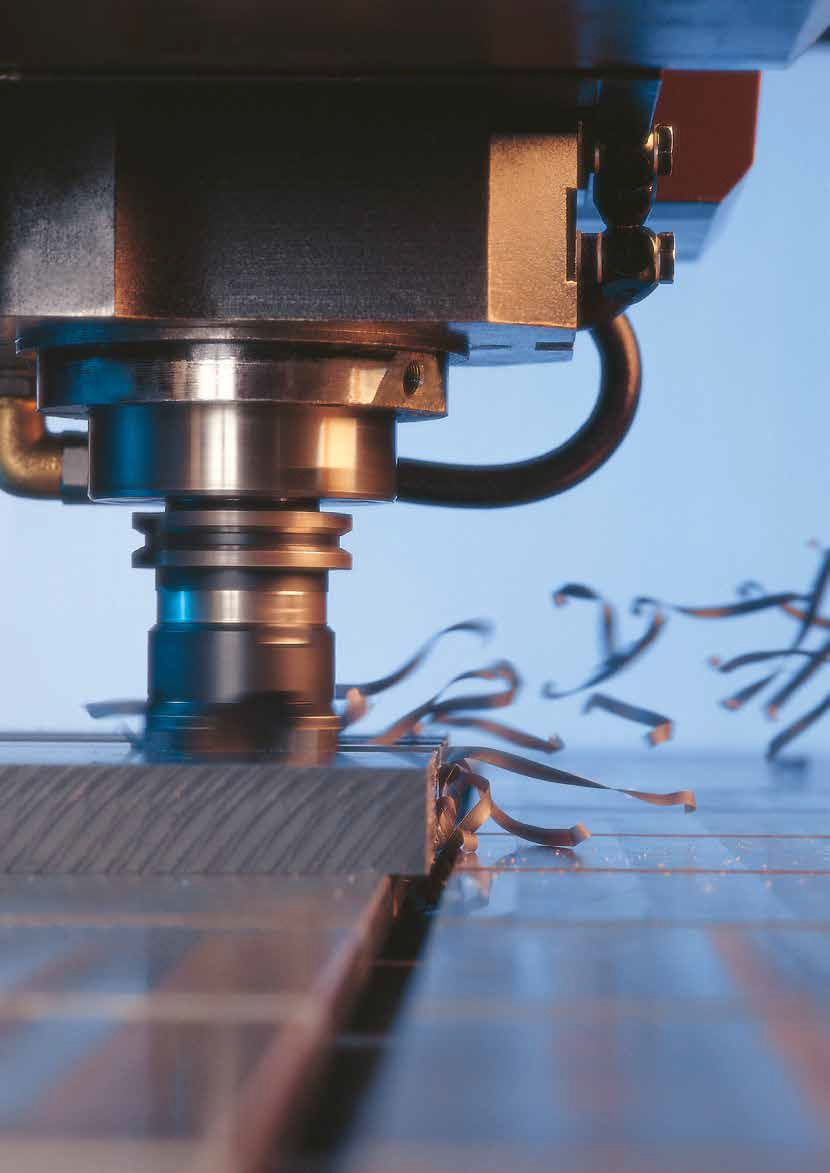Machining guidelines Chapter 1
- Henk Lourens
- Aug 29, 2017
- 3 min read
Updated: Jul 9, 2024
Machining and post-machining processes

1. Machining of thermoplastics With the increasing variety of engineering plastics and the resulting applications, design engineers now have many new horizons that were previously unthinkable with conventional materials. In many cases, in addition to material limitations, the only other limits to design possibilities are the restrictions imposed by the manufacturing process. Particularly if large volume parts are required from cast polyamides and polyacetal (POM) or polyethylene terephthalate (PET), manufacturing processes such as injection moulding cannot be used. This applies equally to complex parts that require machining from all sides with narrow tolerances.
In this area, machining has proven to be the best method. Highly precise parts and large components can be manufactured especially economically in small and medium batches by machining. For the manufacture of high quality products, certain specific features of plastics must be considered when machines and tools are being chosen and used.
1.1 Machining equipment/tools
No special machines or processes are required for machining. The machines that are normally used in the woodworking and metal industries with HSS tools (high speed steel) or hard metal tools can be used. The only thing to consider is that when a circular saw is used to cut plastic, hard metallic saw blades must be used.
The group of glass fibre reinforced plastics is a special case. While it is possible to machine them with hard metal tools, it is very difficult to achieve economic results due to the short service life of the tools. In this case it is advisable to use diamond tipped tools, which are much more expensive than conventional tools but have a much longer service life.
1.2 Machining and clamping the workpiece
Plastics have lower thermal conducting properties than metals, as well as a lower modulus of elasticity. If not handled properly, the workpiece can become extremely warm and thermal expansion can occur. High clamping pressures and blunt tools cause deformation during machining. Dimensional and shape deviations outside the tolerance range are the consequence. Satisfactory results are only achievable if several material-specific guidelines are considered when machining plastics.
In detail, these guidelines are:
The highest possible cutting speed should be chosen.
Optimum chip removal must be ensured so that the chips are not drawn in by the tool.
The tools that are used must be very sharp. Blunt tools can cause extreme heat, which results in deformation and thermal expansion.
The clamping pressures must not be too high as this would result in deformation of the workpiece and the clamping tool would leave marks in the workpiece.
Because of the low degree of stiffness, the workpiece must be adequately supported on the machine table and should lie as flat as possible.
Perfect, high-quality surfaces can only be obtained when the machines operate with low vibration.
Particularly problematic to produce accurately are parts which require high cutting volumes or an uneven depth of cut. In both cases it is advisable to make a preliminary cut leaving an allowance and apply intermediate tempering. That and subsequent 24-hour storage ensure that machining-induced thermal stresses and residual stresses in the semi-finished product are largely relieved. The parts can then be finish machined.
If these guidelines are complied with, it is not difficult to obtain narrow, plastic-oriented tolerances with a high level of reproducibility.
1.3 Cooling during machining
As a rule it is not absolutely necessary to cool the workpiece during machining. If cooling is to be applied it is recommended that compressed air is used. This has the advantage that in addition to the cooling effect, the chips are removed from the working area and cannot be drawn into the workpiece or tool.
Common drilling emulsions and cutting oils can also be used for cooling. The application is particularly recommended when deep holes are to be introduced or a thread is to be cut. It also enables higher feed rates and therefore achieves lower run times. However, it must be kept in mind that some plastics may not be resistant to some ingredients of the drilling emulsions and cutting oils and can be irreversibly damaged. Therefore it is advisable to check the resistance of the plastic before use. Alternatively, the emulsion or oil manufacturers can provide information and advice on any known incompatibilities with plastics. Workpieces with emulsion or cutting oil on them should be thoroughly cleaned after machining. It is important to ensure that any residues are completely removed. This ensures that any follow-up operations such as gluing or painting remain trouble free. With polyamides particular care must be taken to prevent the water content of the emulsion from causing changes in the parts through moisture absorption.















Comments